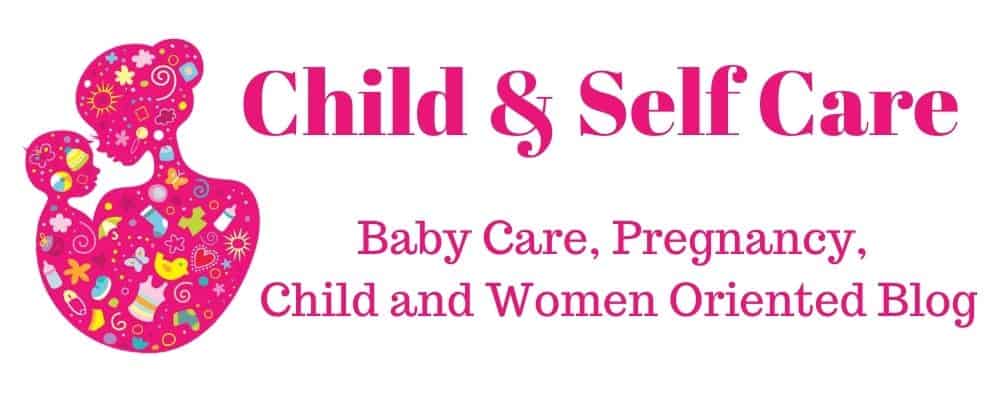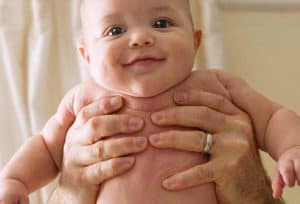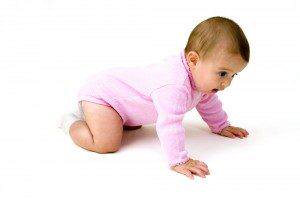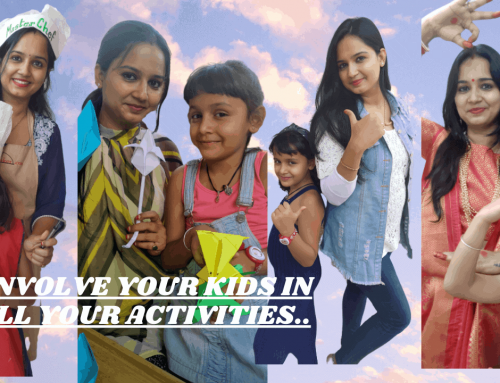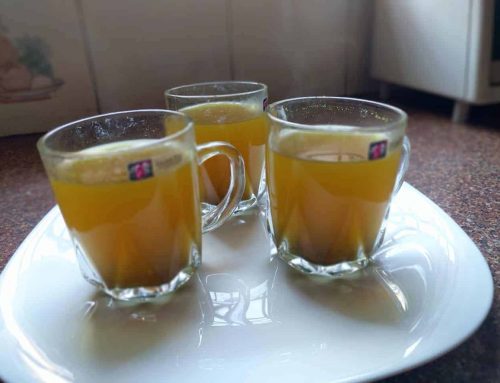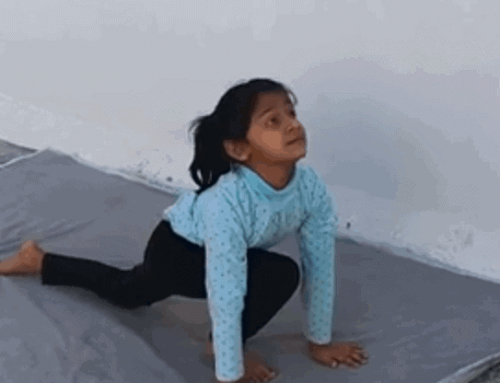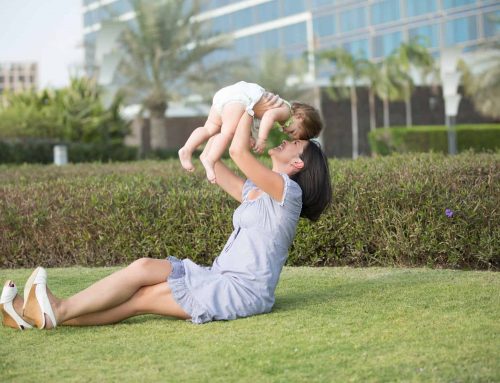Unlike a calf or a colt who are up on their legs soon after birth and can search their food, human baby is dependent and at the mercy of care takers for at least 4-5 years. The slow process of neuromotor development in human babies is the price we pay for highly evolved and complex brain that we are endowed with. Human brain is more fascinating experience to watch children grow as they learn new skills and pranks every other week or month. The dependent baby gradually become more independent and interactive to explore the world around him.
Development is a continuous process from conception to maturity of the central nervous system(CNS). The sequence of development is identical in all children but rate of development varies from one child to the other. The child must hold his head and sit before he can stand and walk. The rate of development depends upon interaction between genetic potential and his environment. In certain families children learn to walk and speak compared to others but normal children must be able to learn various skills within a normal range of development.
The environmental factors which facilitate the process of development include stimulating home environment, emotional security, love and attention, optimal nutrition, ethnic and cultural factors. The stimulatory messages to the brain are received through hearing( voices of parents and siblings, music, nursery rhymes etc), sight(objects, pictures, flowers, lights , color etc.) and touch9 caressing, cuddling, kissing, message). The sensory inputs stimulate maturation of various areas of CNS.
Children in orphanages tend to have slower rate of neuromotor development due to lack of environmental stimulation. In general, development is advanced in girls (especially development of language) compared to boys. Whenever there is a damage or disorder of the CNS before, during or after birth, it can adversely affect neuromotor development and intelligence.
The Sequence of Development
The Development process proceeds from head downwards to the toes. Head control is achieved before a baby is able to use his hands, sit , stand and walk. The skills are not learn t overnight, the process is gradual and slow, gross in coordinated efforts are followed by attainment of perfection in due course of time.
- The New Born Baby
The new born baby is totally dependent on his mother for???? satisfaction of all his needs. Cry is the only signal to draw your attention to his needs of hunger, discomfort and pain. He may momentarily look towards you but cannot fix his gaze on you. He is fascinated by flickering lights, bright objects and soothing music. He is comforted by cuddling, caressing and skin- to-skin contact. He is suddenly dazzled by a bright light and startled by a loud sound. He lives in his own world and seems to smile as if in a dream.
- Social Smile
By about 4-6 weeks, the baby tries to fix his gaze on you and look into your eyes. When you talk to him or tickle his chin, he respond by smiling. He cannot differentiate between you and a stranger and obliges everyone with an interactive smile. After a couple of week his smile become a broad grin and he expresses his pleasure by kicking wildly with his arms and legs and by cooing , babbling and gurgling sounds.
- Head Control
When you pick up a new born baby baby or young infant, you need to support his head with your hand or elbow while carrying him. By about 3-4 months, most babies achieve a satisfactory head control and you need not support their head while holding them. At this stage when baby is lying on his abdomen, he can lift his head and shoulders off the cot and turn his head from side to side.
- Rolling over
Most babies are able to roll over in bed once the head control is achieved. Since most babies are made to sleep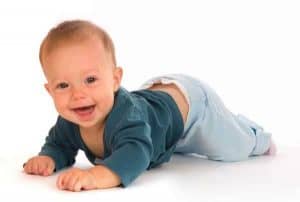
on their back, they learn to roll over first from back to stomach and subsequently from stomach to back. The baby is achieving gradual mobility and you have to be careful that he may not fall or hurt himself. The cot should have a side railing or pillows should be placed around the baby to protect him against the fall.
Friends , now the time has started when you have to keep a proper eye on your baby, as when the baby learn the rolling skill , risk of falling from bed increases.
- Sitting
By about 5 months or so most babies can sit up with props of pillows or cushions. You can help the child to sit but you cannot hasten the process of development because a new skill is achieved only when the specific part of the brain responsible for that skill matures.
As a mother, I was very excited when my daughter sat for the first time. I clicked lots of picture and kept asking my mother in-law that when she will start to crawl, walk and speak. I think this phase comes in all mothers life and we usually become impatient.
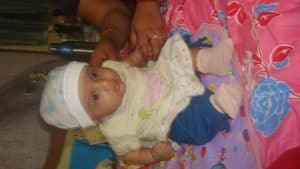
Initially he is wobbly and takes the support of his arms to sit. Then he can sit by taking support of one hand while playing with a rattle in others. By 6-8 months most children can sit independently without any support with their back straight. At this stage, child can pivot around on his bottom without losing his balance.
- Crawling
By 8-9 months most babies develop control over their legs and back and begin to creep or crawl. Some babies learn to crawl on their buttocks giving themselves a push with their legs. Others crawl more gracefully on all the four limbs and can go all over the house. The child is now ready to explore his
environment by poking his fingers into every hole and ???mouthing??? every object that he can lay his hands on.
The child now need constant supervision and vigilance round-the-clock so that he is protected against various hazards during the process of exploration and learning. His hands, knees and leggings would remain all the time dirty and soggy. During this phase, make sure that he has no access to electrical wires, knives, blades, beads, pot of tea or pail of hot water etc. you must keep dangerous and breakable things out of his way and reach.
This is the time when you can introduce walker to your child. Through walker baby can try to walk anywhere in the house. It becomes easy for mothers who live in a nuclear family , as it is not possible to hold your baby in your hand all the time . Most babies enjoy the ride in walker. But you have to be careful when the baby has full control on the walker, because after that the confidence increases and baby try to move it as fast as possible. So be careful as that time chances of accident increases.
- Standing and walking
By 9 months or so most babies can hold on to furniture and stand with support. He can walk few steps by holding your hand.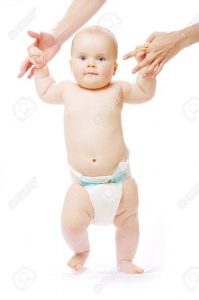
By first birth day, most babies are able to take few steps independently without any support. This is a moment of great pride for parents.
According to me its a memorable moment for every parent.
When my daughter walk few steps by their own, I started jumping with so much happiness and excitement. I request every parents please enjoy each and every change in your baby, as this time will?? never come again and don’t forget to capture the moment with nice clicks.
Between 12-18 months, babies are able to walk fairly well though they are prone to frequent falls by minor bumps.
- Holding Objects
New born babies have a grasp reflex. When a finger is placed in their palm, they automatically and involuntarily grasp it firmly but do not know how to release it. By the age of 3-4 months, a baby can deliberately hold an object like a rattle with his palm and finger (like a monkey). The initial hold is crude and he cannot transfer the object from one hand to the other. Around 6 months, the baby wants to hold the spoon and tries to take it to his mouth. At this stage his coordination is poor and he succeeds in taking food to his nose or chin. But soon his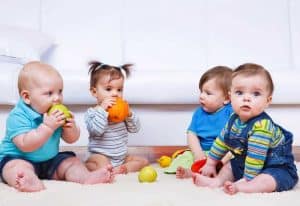 coordination improves and he is able to do a better job.
coordination improves and he is able to do a better job.
He can hold two objects in one hand and can transfer objects from one hand to the other. By the age of 9-10 months, he develop a finer grasp and can hold a button or a bead between his thumb and index finger. He can now pick up small objects from the floor and can indulge in all types of mischief’s unless he is closely supervised. By his first birthday, his grasp is mature, coordination is better and he can transfer objects from one hand to other, can throw a ball, enjoys dropping and picking objects from the floor.
Read : Positive Parenting
When my daughter started to walk, all the decorative objects within her reach are found to be in the floor. Bowls and spoon are on the floor from drawer. So I advised all the mom , put all the sensitive things which are within her reach in some higher place.
ref : The Art and Science of Baby and Child Care by Dr. Meharban Singh.
